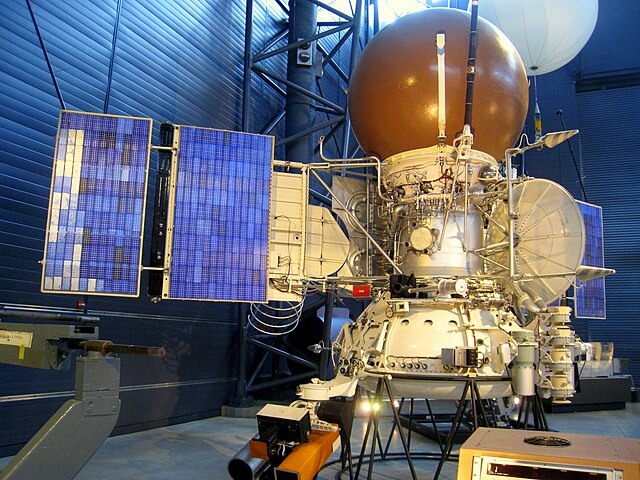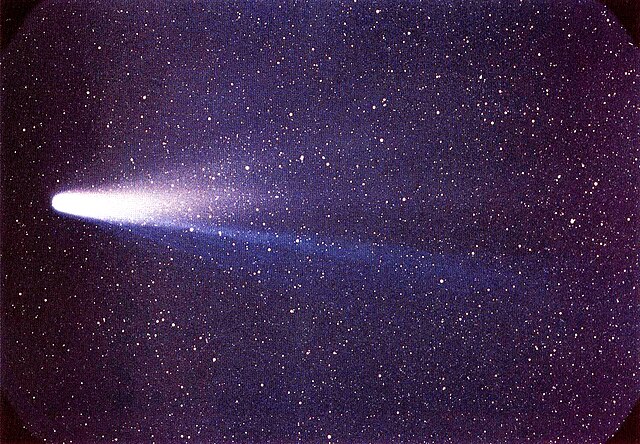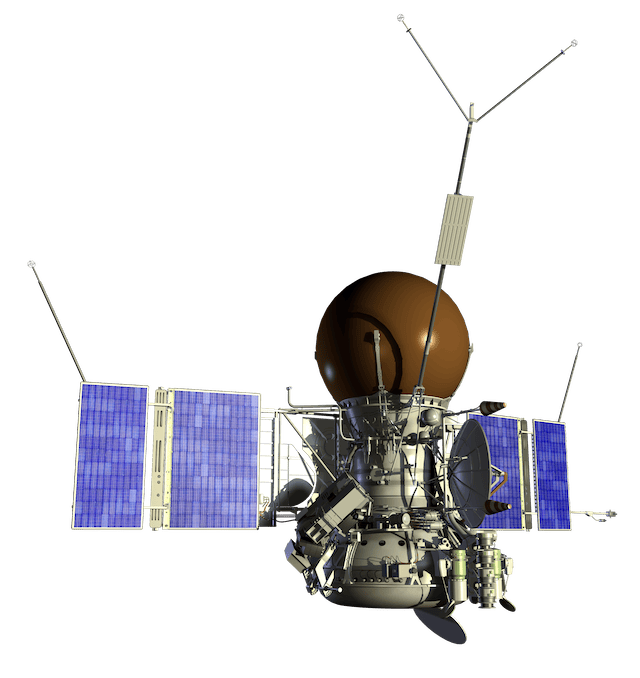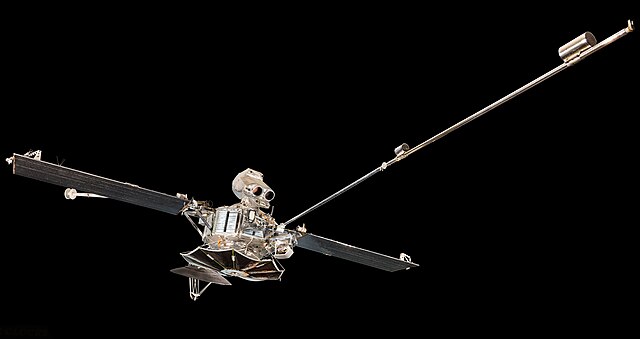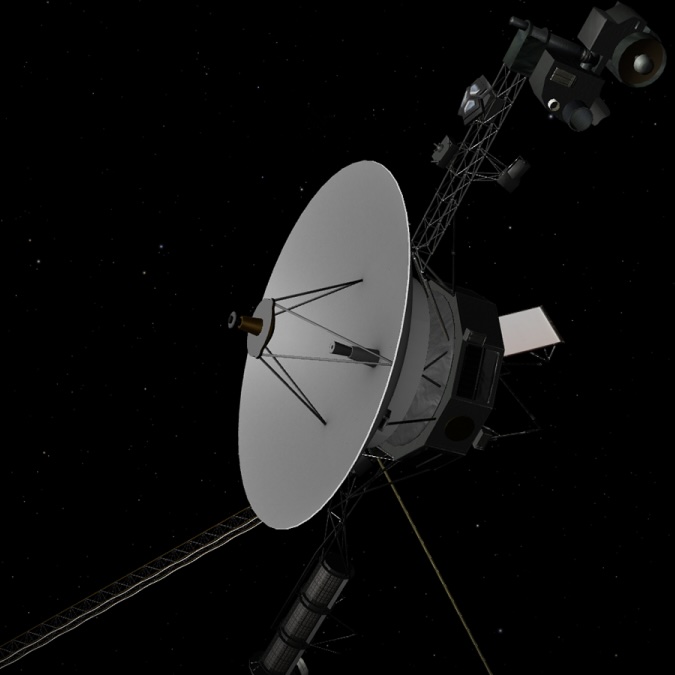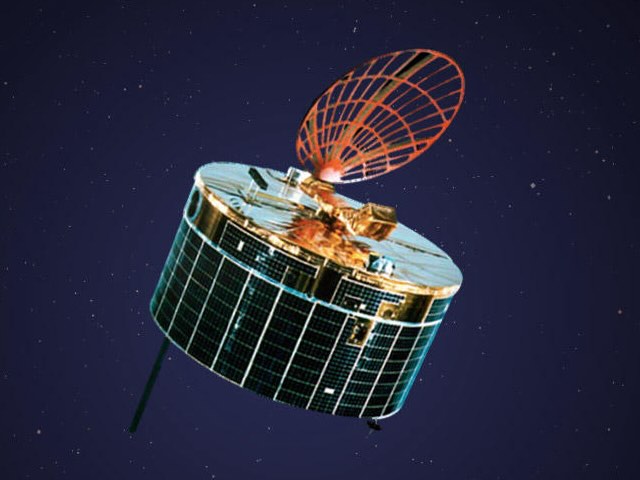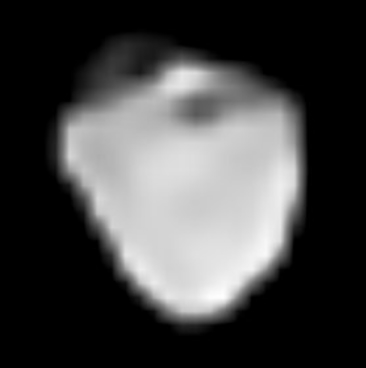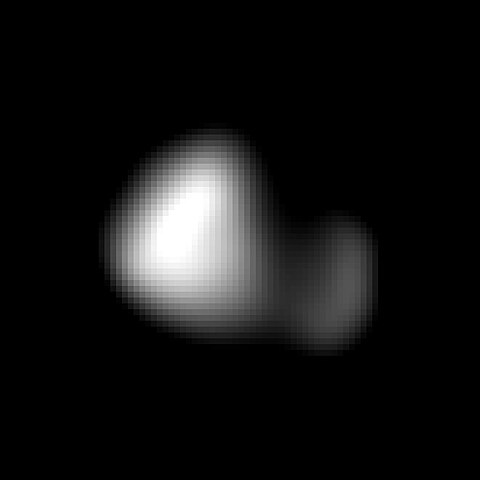1 day / second
0.5 AU
Vega 2
Spacecraft
A Soviet spacecraft launched in 1984 that successfully deployed a lander and balloon to Venus before continuing on to make observations of Halley's Comet in 1986.
Key Facts
organization | USSR |
orbital regime | Inner System |
learn more | Wikipedia |
launched | 1984-12-21 |
defunct | 1987-03-24 |
launch mass | 4,840 kg |
Mission Timeline
Launched
December 21, 1984 at 09:13 UTC
Venus
Lander
The Vega 2 lander successfully touched down on Venus on June 15, 1985, operating for 57 minutes in the harsh surface conditions while collecting data on atmospheric composition and surface characteristics.
Halley's Comet (1P/Halley)
Flyby
Vega 2 encountered Halley's Comet on March 9, 1986, passing within 8,030 kilometers of the nucleus and capturing detailed images and data about the comet's composition and activity.
Defunct
March 24, 1987 at 00:00 UTC
After completing its missions to Venus and Halley's Comet, the interplanetary probe drifted into a heliocentric orbit and transmitted its final signal at 05:00 UTC on March 24, 1987.
Related Spacecraft
Vega 1
Launched in 1984
A dual Venus-Halley's Comet mission launched in 1984 that dropped a lander and balloon on Venus before continuing on to make the first-ever close observations of a comet's nucleus in March 1986.
